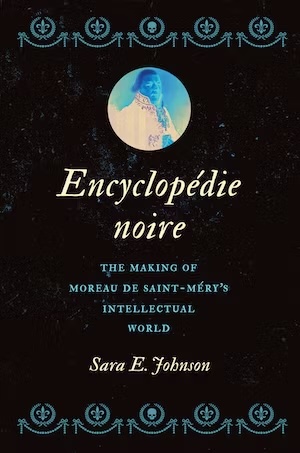
Citizen Spectator
Description
In this richly illustrated study, the first book-length exploration of illusionistic art in the early United States, Wendy Bellion investigates Americans’ experiences with material forms of visual deception and argues that encounters with illusory art shaped their understanding of knowledge, representation, and subjectivity between 1790 and 1825. Focusing on the work of the well-known Peale family and their Philadelphia Museum, as well as other Philadelphians, Bellion explores the range of illusions encountered in public spaces, from trompe l’oeil paintings and drawings at art exhibitions to ephemeral displays of phantasmagoria, “Invisible Ladies,” and other spectacles of deception.
Bellion reconstructs the elite and vernacular sites where such art and objects appeared and argues that early national exhibitions doubled as spaces of citizen formation. Within a post-Revolutionary culture troubled by the social and political consequences of deception, keen perception signified able citizenship. Setting illusions into dialogue with Enlightenment cultures of science, print, politics, and the senses, Citizen Spectator demonstrates that pictorial and optical illusions functioned to cultivate but also to confound discernment. Bellion reveals the equivocal nature of illusion during the early republic, mapping its changing forms and functions, and uncovers surprising links between early American art, culture, and citizenship.
About The Author
Wendy Bellion is associate professor of art history at the University of Delaware.
Awards
Charles C. Eldredge Prize for Distinguished Scholarship in American Art, Smithsonian American Art Museum (2014)
Reviews
“Bellion offers here a beautifully written, handsomely produced, and challenging analysis. Recommended. Upper-division undergraduates, graduate students, and researchers/faculty.” —Choice
“Among the most significant book-length studies of early American art to appear in print during the past decade.”–Common-Place
“With its careful contextualization and detailed, historical analysis of the cultural forms of illusion, this book firmly locates its discussion of early national visuality within the cultural practices of everyday life and thus makes a substantial contribution to the empirical history of spectatorship in the United States.”–American Historical Review
“Admirable and groundbreaking . . . . Significant both for its extensive research into the culture of spectatorship in Philadelphia and for the ways in which it opens up further modes of inquiry for scholars interested in the Early National period.”–Association of Historians of American Art”
“Bellion is a skilled expositor of images, and each of her essays leaves us with a deeper understanding of works we might imagine were plumbed long ago.”–Journal of American History
“Citizen Spectator is a wonderful book–clever, learned, insightful, and surprising. Bellion writes brilliantly about art, illusion, optics, and perception, leading readers through the rich visual worlds of early national Philadelphia and into the tumultuous politics of the new American nation.”–Ann Fabian, Rutgers, The State University of New Jersey
“Eye-opening, original, and provocative, Citizen Spectator recasts early national citizenship as a politicization of the senses. A fascination for optical illusions in art and science tested Americans’ ability to discern authenticity from deception. Bellion proves just how important that test was in the early republic. She reminds us of its importance still.”–Joseph Roach, Yale University
“Bellion shows that deceptive illusions were not mere diversions for the citizens of Philadelphia circa 1800 but were embedded in the Enlightenment pursuit of rationality and anxieties about republican politics. These insights bring a fascinating array of artifacts into focus.”–Michael Leja, University of Pennsylvania
“Citizen Spectator lifts a curtain to expose the aesthetic, economic, and political spaces–from museums to markets, the street to the statehouse–where Americans practiced a politics of visual discernment. Absorbing and arresting as an illusionistic painting, Bellion’s book brilliantly reveals how new media challenged inherited ideologies and provides novel horizons and vanishing points for the history of American art, culture, and politics.”–Eric Slauter, University of Chicago






